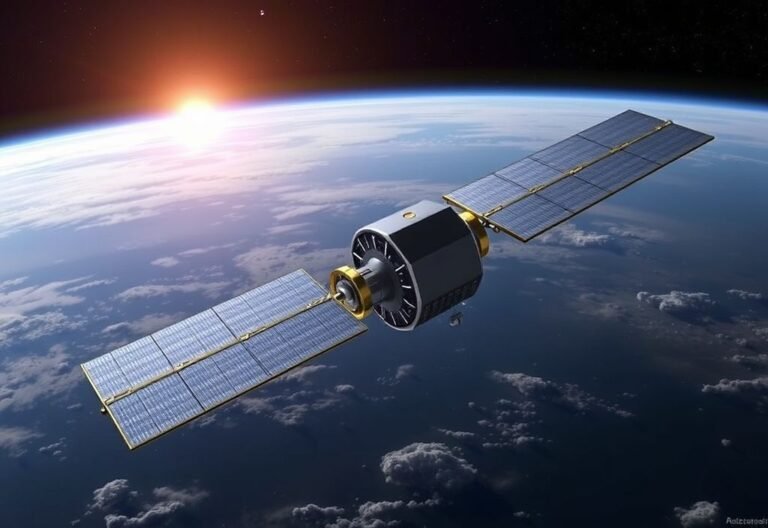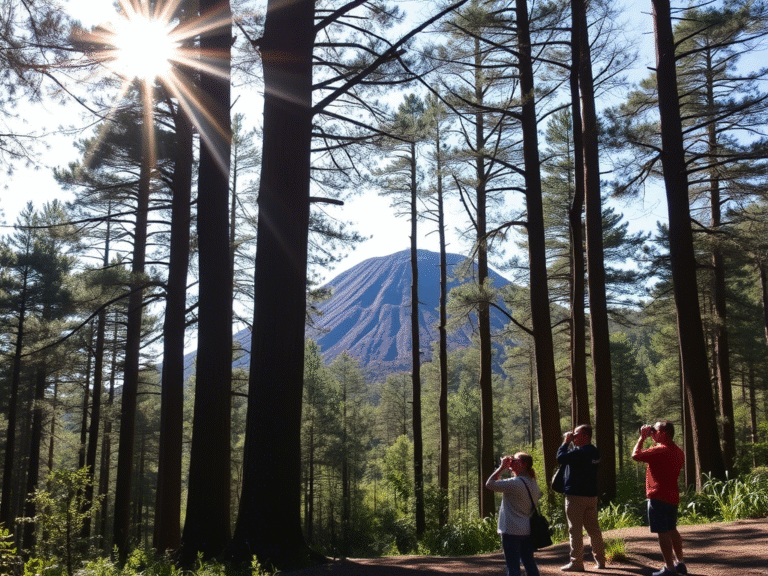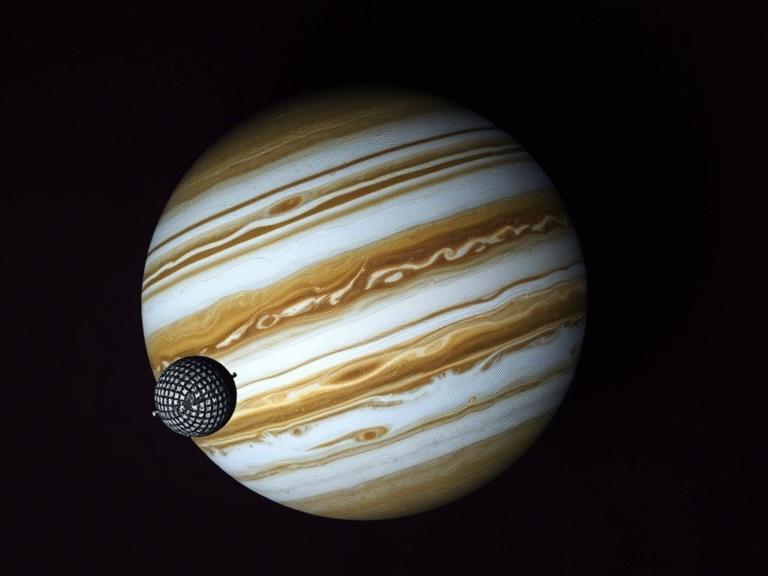
Loss of Plant Genetic Diversity Is Now Detectable From Space — And It’s a Big Problem
For the first time, scientists have used satellite data to detect how human-driven environmental changes are eroding plant genetic diversity — and what they’re seeing is alarming.
A new study published in Nature Ecology & Evolution shows that increasing vegetation cover in European mountain regions — known as “mountain greening” — is linked to a sharp decline in the genetic diversity of native plants. The research focuses on Greek mountain tea (Sideritis) , a medicinal plant valued for its health benefits and as an indicator of healthy alpine ecosystems.
Using a groundbreaking method combining satellite imagery and genetic analysis , researchers compared historical plant samples from the 1970s with modern populations across 11 Greek mountain ranges.
The results were clear: in eight out of eleven regions, genetic diversity dropped significantly , with some populations showing signs of inbreeding — a red flag for species survival.
What’s Causing This Loss?
Over the past 50 years, rising temperatures and changes in land use have led to the spread of shrubs and trees into open grasslands — a process driven by:
- Climate change
- Abandonment of traditional farming practices
This “greening” is pushing out specialized, low-growing plants like Sideritis, which thrive in open habitats. As their environments become more closed and competitive, their populations shrink — and so does their genetic variety.
Genetic diversity is essential for a species’ ability to adapt to threats like disease, drought, or climate shifts. When it drops, extinction risks rise.
Why This Matters for Conservation
The study highlights a powerful new tool: using satellites to monitor genetic erosion in remote areas. For the first time, scientists can predict declines in biodiversity from space — without needing to collect DNA samples on-site.
“This opens up a whole new way to track biodiversity loss,” says lead researcher Spyros Theodoridis from the National Observatory of Athens. “We can now spot early signs of genetic decline using satellite images alone.”
Herbarium Samples Reveal the Past — Satellites Predict the Future
One of the study’s strengths was its use of historical plant specimens from herbaria — collections that act like time capsules of biodiversity.
Combined with satellite data, these archives allowed scientists to track how fast genetic diversity has been lost over the last half-century.
“This proves how important natural history collections are,” says co-author Marco Thines . “They help us understand the present and protect the future.”
A Global Warning
Mountain greening isn’t unique to Greece — it’s happening worldwide. As global temperatures rise and land use patterns shift, many ecosystems face similar threats.
Researchers warn that urgent action is needed to conserve vulnerable species before it’s too late. They call for:
- Targeted conservation efforts in high-risk areas
- More studies on other species and regions
- Better integration of satellite monitoring into biodiversity science
🔍 Key Takeaways:
- Scientists are now detecting loss of plant genetic diversity from space .
- Increasing vegetation density in mountain areas correlates with declining genetic variation.
- Greek mountain tea (Sideritis ) is losing genetic diversity due to habitat changes from climate change and land-use shifts.
- Satellite data + historic plant samples offer a powerful new way to monitor biodiversity loss.
- Urgent conservation steps are needed to prevent irreversible damage.





